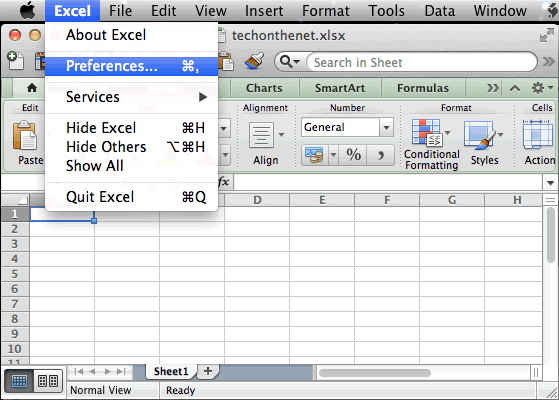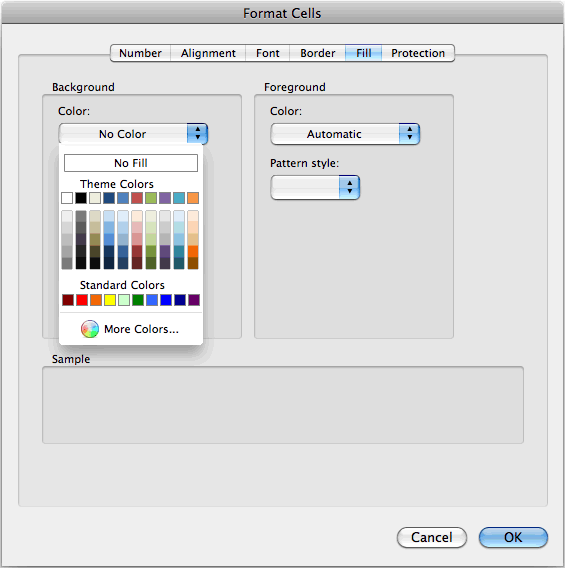

However, note that the saved copy is completely separate from the original file. This works the same way as initially saving the file. Doing this then shows the save locations in the area to the right. Then click the “Save a Copy” command at the left side of the backstage view. To make a copy of a file after enabling AutoSave in Excel for Office 365, click the “File” tab in the Ribbon.
USING FILL IN EXCEL 360 FOR MAC HOW TO
AutoSave in Excel for Office 365: How to Save a Copy in AutoSave in Excel for Office 365 However, note that you cannot click the “Save” command in the backstage view when AutoSave is enabled.
USING FILL IN EXCEL 360 FOR MAC UPDATE
When you enable AutoSave in Excel for Office 365, you can choose to manually save changes and also update the file with any changes made by other users of the shared file by clicking the “Save” button in the Quick Access Toolbar. AutoSave in Excel for Office 365: How to Manually Save Changes in AutoSave in Excel for Office 365 To toggle AutoSave in Excel for Office 365 on or off for the current workbook, click the “AutoSave” toggle button in the upper-left corner of the workbook window in the Quick Access Toolbar. AutoSave in Excel for Office 365 saves the file to the online location every few seconds as you work. AutoSave in Excel for Office 365 is automatically enabled when you save a workbook using the newest file formats to an online destination, like OneDrive or SharePoint. This tutorial shows you how to use AutoSave in Excel for Office 365. To reveal a column or row, select the columns or rows before and after the missing column or row, right-click, and select Unhide.AutoSave in Excel for Office 365: Overview AutoSave in Excel for Office 365: How to Enable AutoSave in Excel for Office 365 To hide a column or row, right-click on the letter or number for the column or row (A, B, C, etc. The same technique works for rows put your cursor between the two numbers until you see the two-headed arrow, and then drag or double-click. When you get the two-headed arrow, drag to the right or left as desired.ĭouble-clicking on that same spot will “autofit” the column, making the column as wide as the largest piece of text/data in that column. You can change a column's width by putting your cursor between the letter for that column and the next. You can also access the headers and footers via the Insert ribbon. With the Page Setup dialog box open, you can click on the Header/Footer tab to change them. g., A, B, C, 1, 2, 3, etc.) not the sheet's headers and footers. Note that the Print Titles icon evokes the Page Setup dialog box, and that Print Titles here refers to the row and column headings (e. In the Page Setup group, you can set the margins, orientation, and print area.

Just as the Home ribbon provides you with the options that used to be only accessible in the Format Cells dialog box, the Page Layout ribbon gives you access to features that used to be in the Page Setup dialog box (click on the Expand icon to access that traditional dialog box). You can also click on the Expand icon to open the traditional Format Cells dialog box that contains tabs for these various categories.

Use lower right corner (AutoFill) of cell to fill down/across.To get the same content in multiple cells, highlight the cells, type in text/number and then press Control+Enter.the whole column or row): Shift+Command+Arrow (Mac) or Shift+Control+Arrow (Windows) To select all of the cells in a row or column that have data (vs.To go left or right: Tab (left) or Shift+Tab (right) or arrow keys.To go up and down in the cells: Enter (down) or Shift+Enter (up) or arrow keys.In addition to the more common shortcuts such as copy, cut, paste, and save, Excel has a number of shortcuts that you will find helpful - some you may know, others maybe not! Are you pasting a formula? Do you want just the value of the cell? To keep the same formatting? Once you choose, click the appropriate button to paste the data. If you hover over one of the Paste Option icons, you will see a preview of what the data will look like. Copy the data, and then right-click the cell you would like to paste it into.


 0 kommentar(er)
0 kommentar(er)
